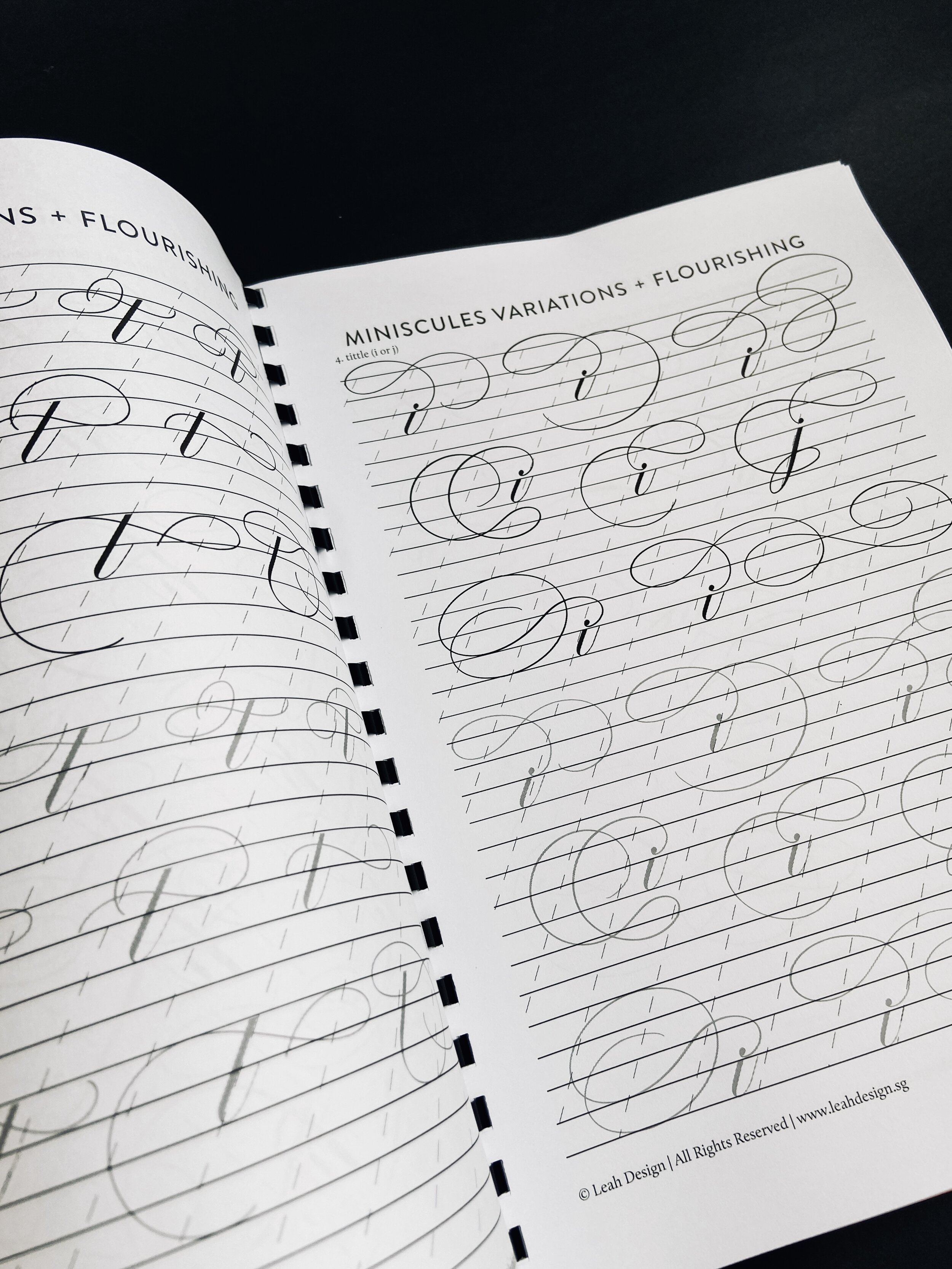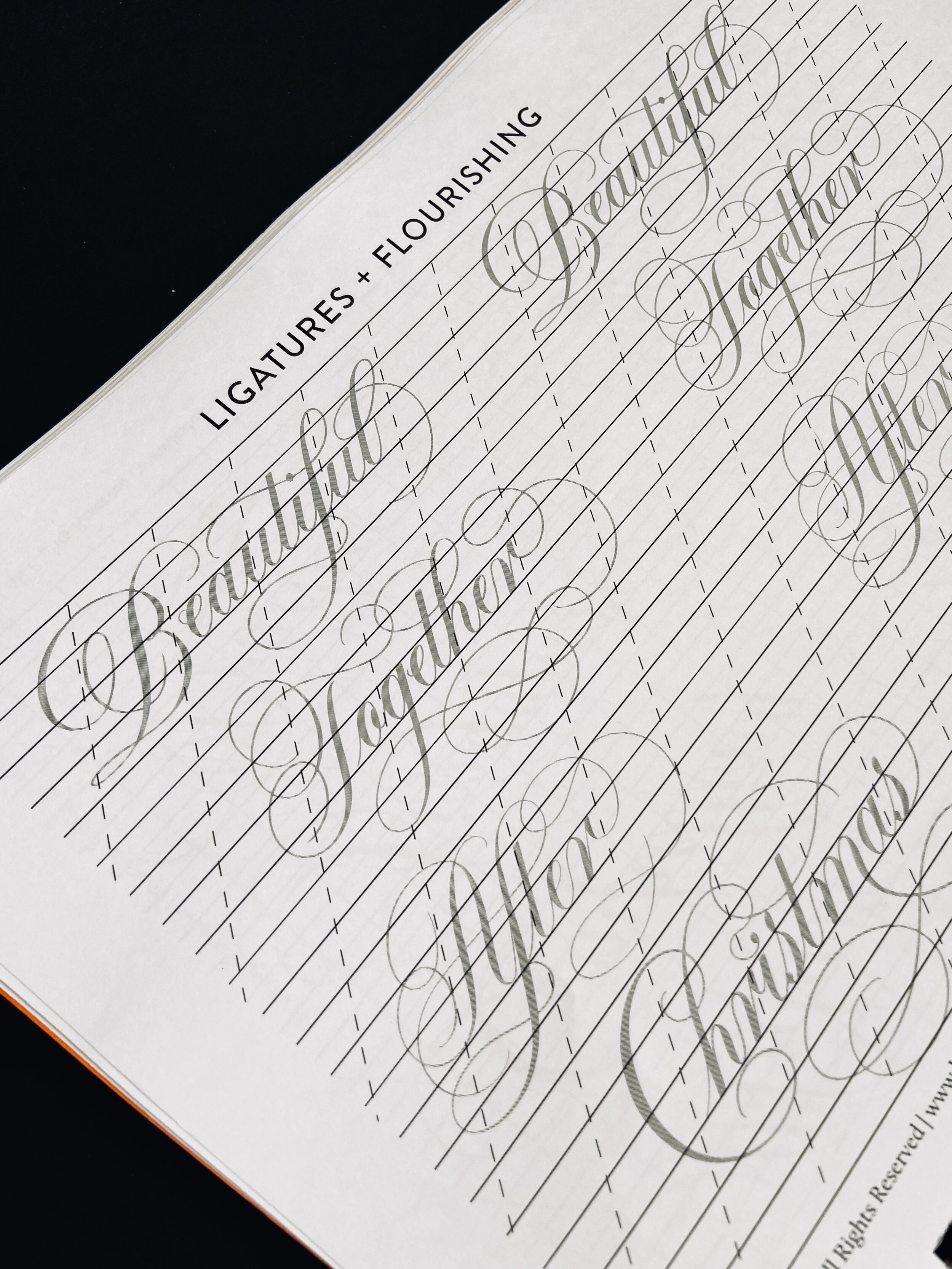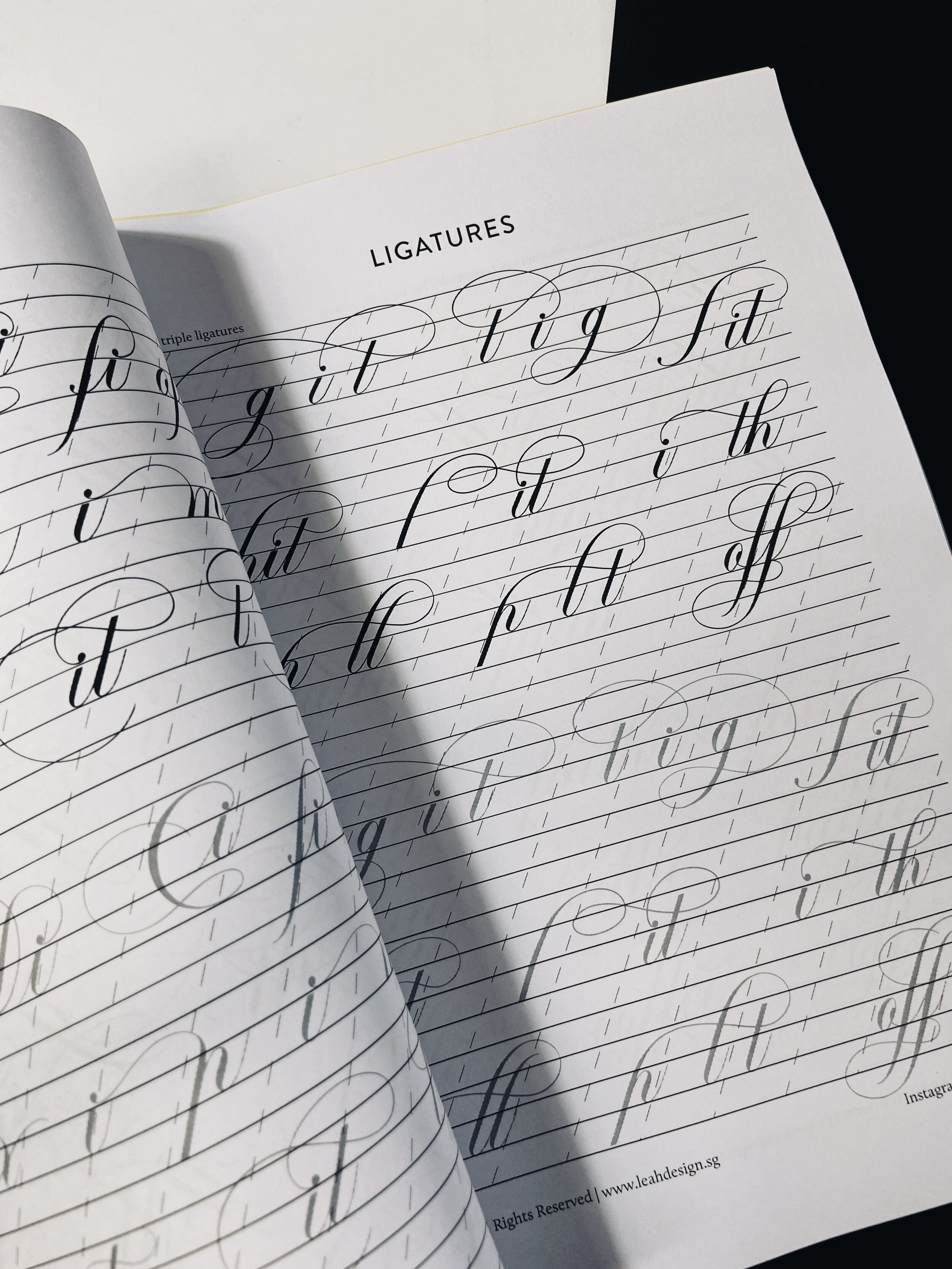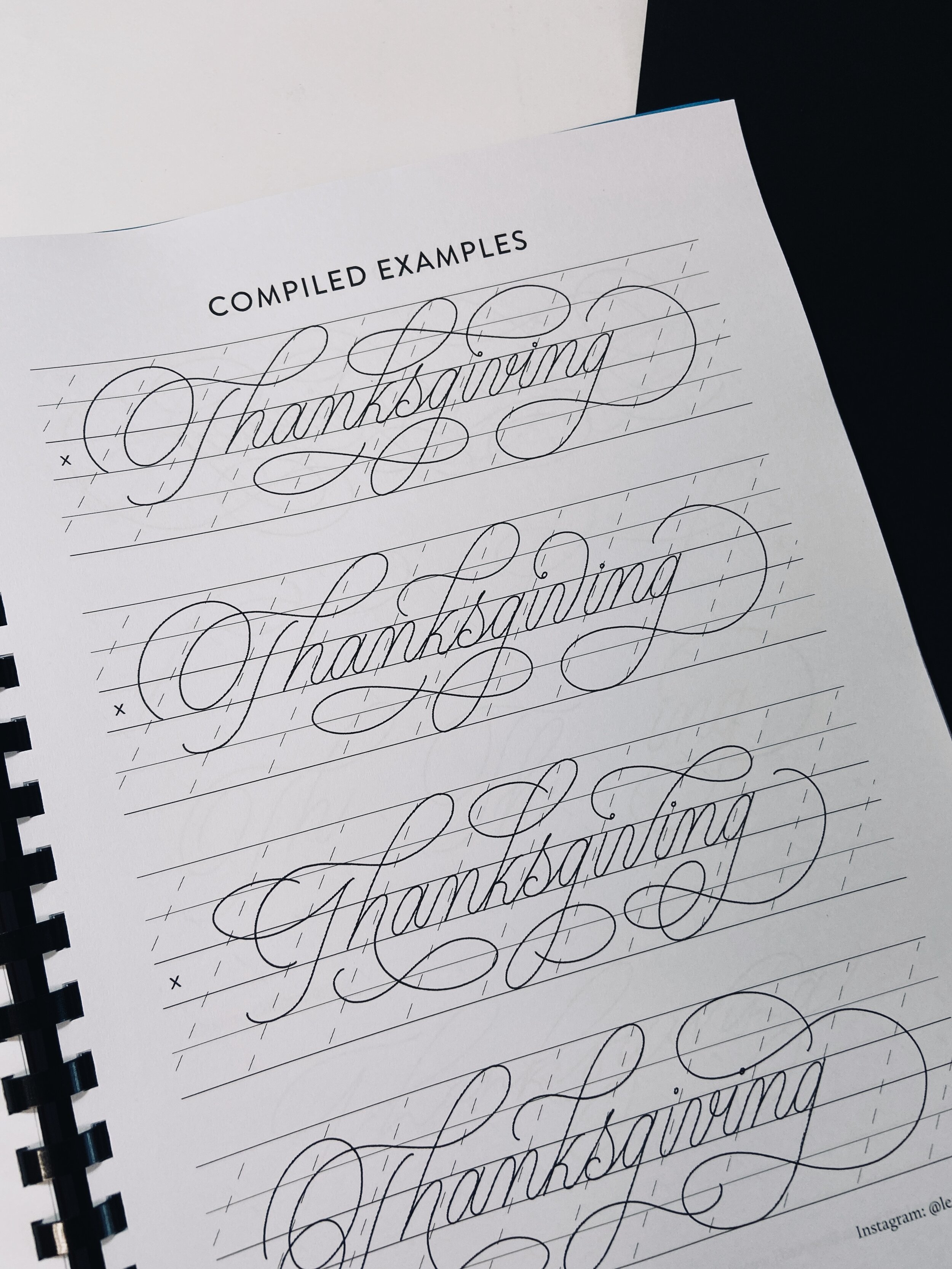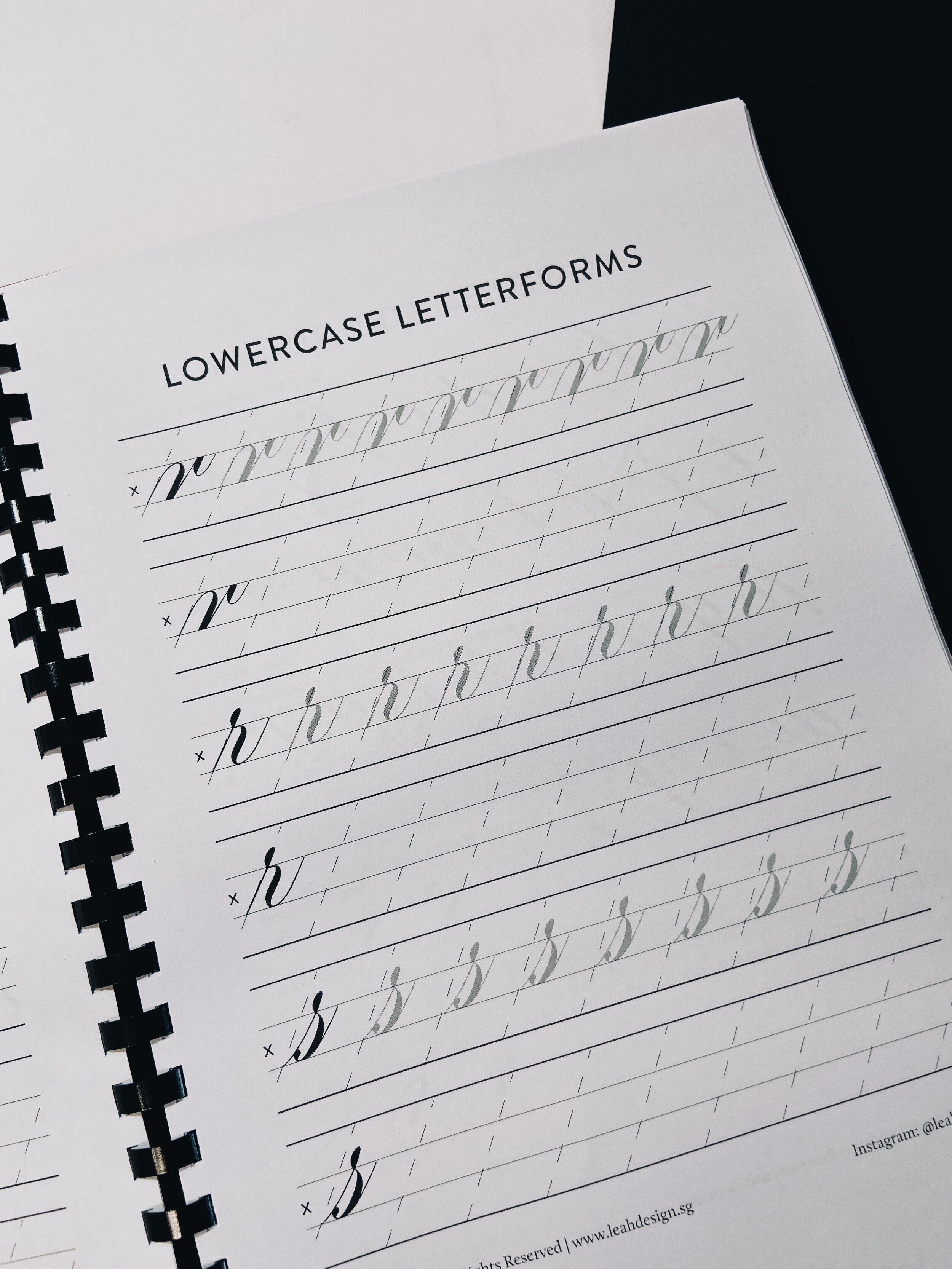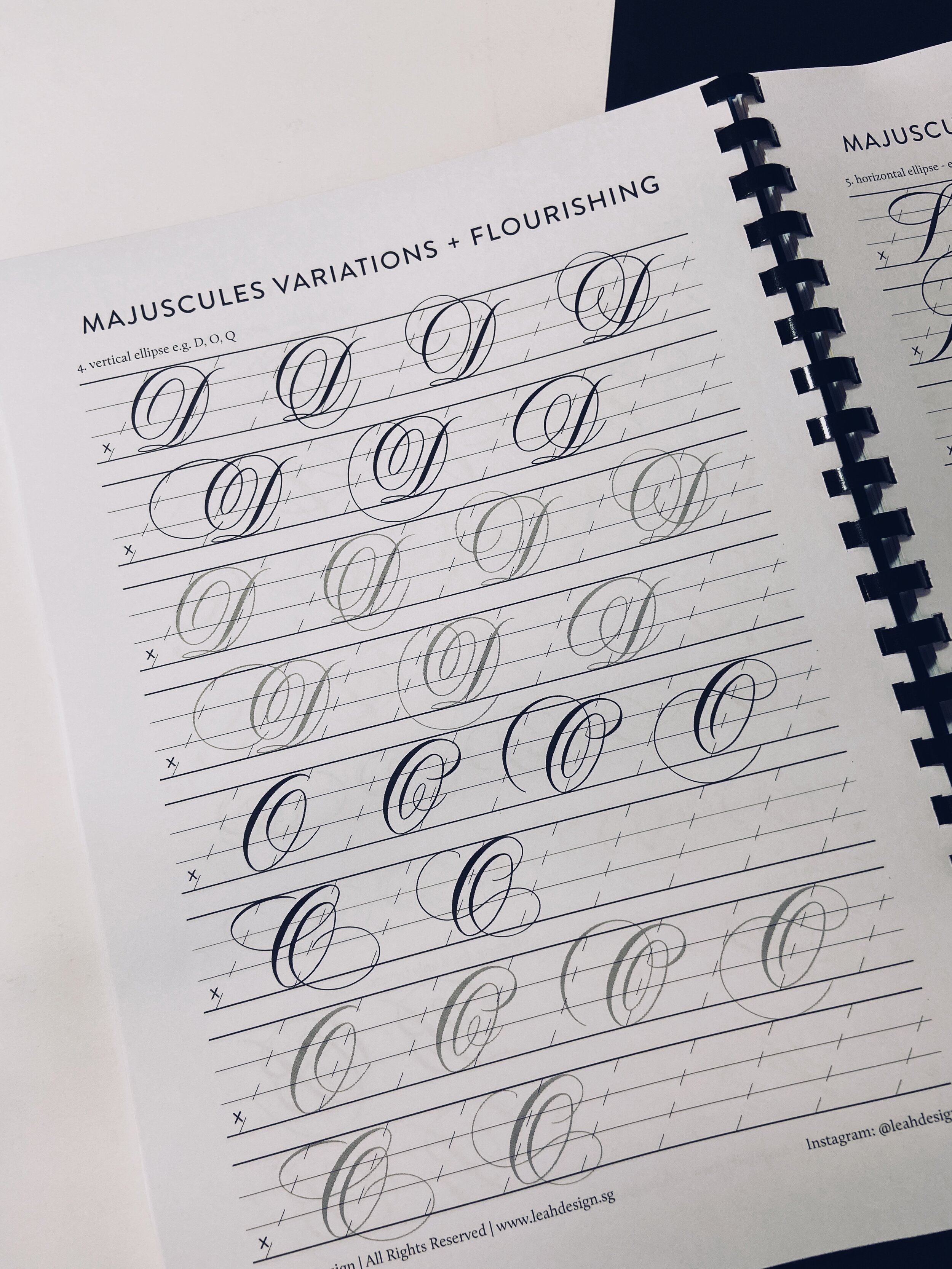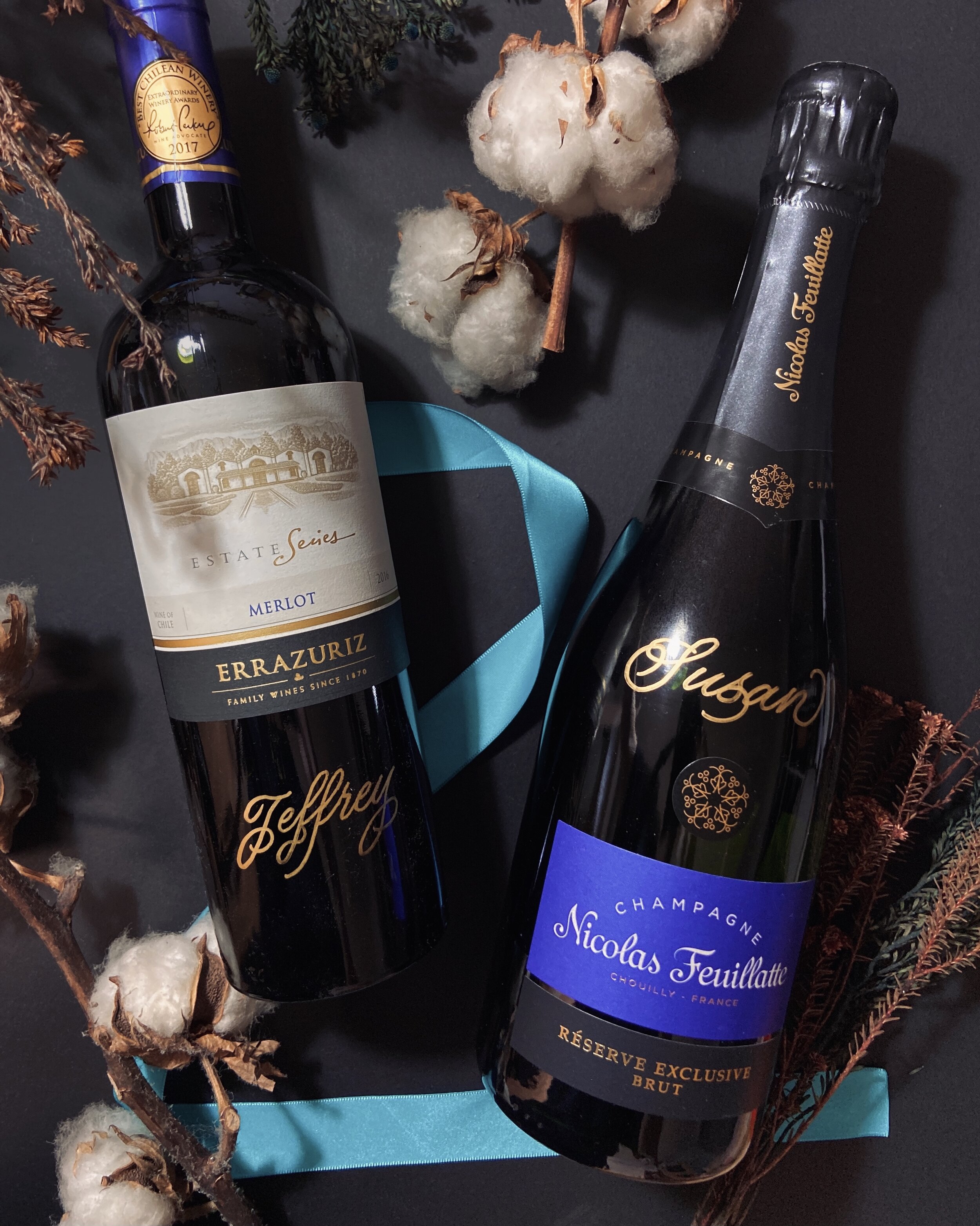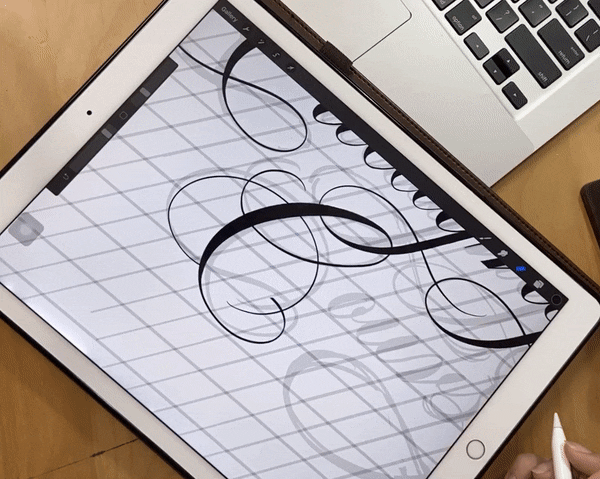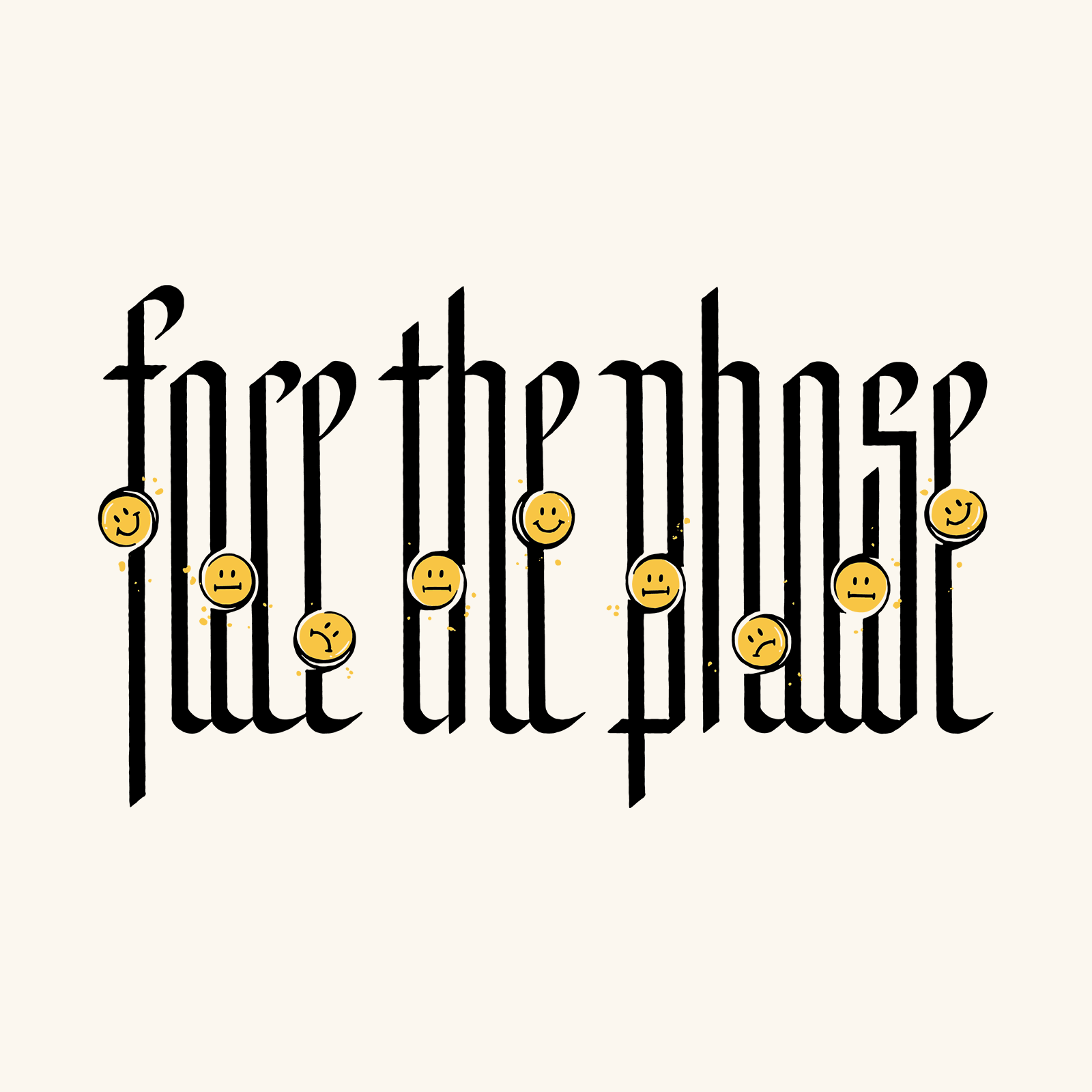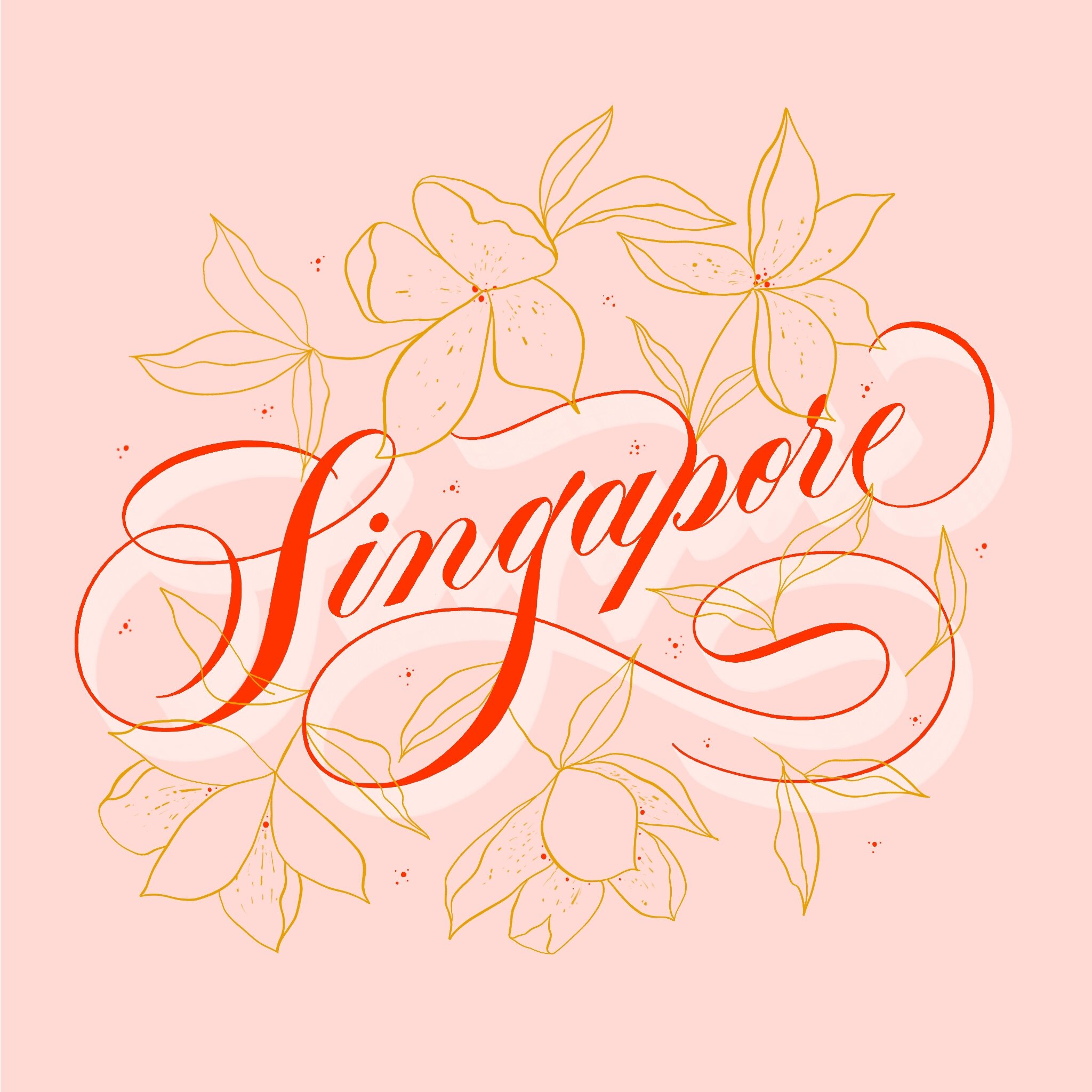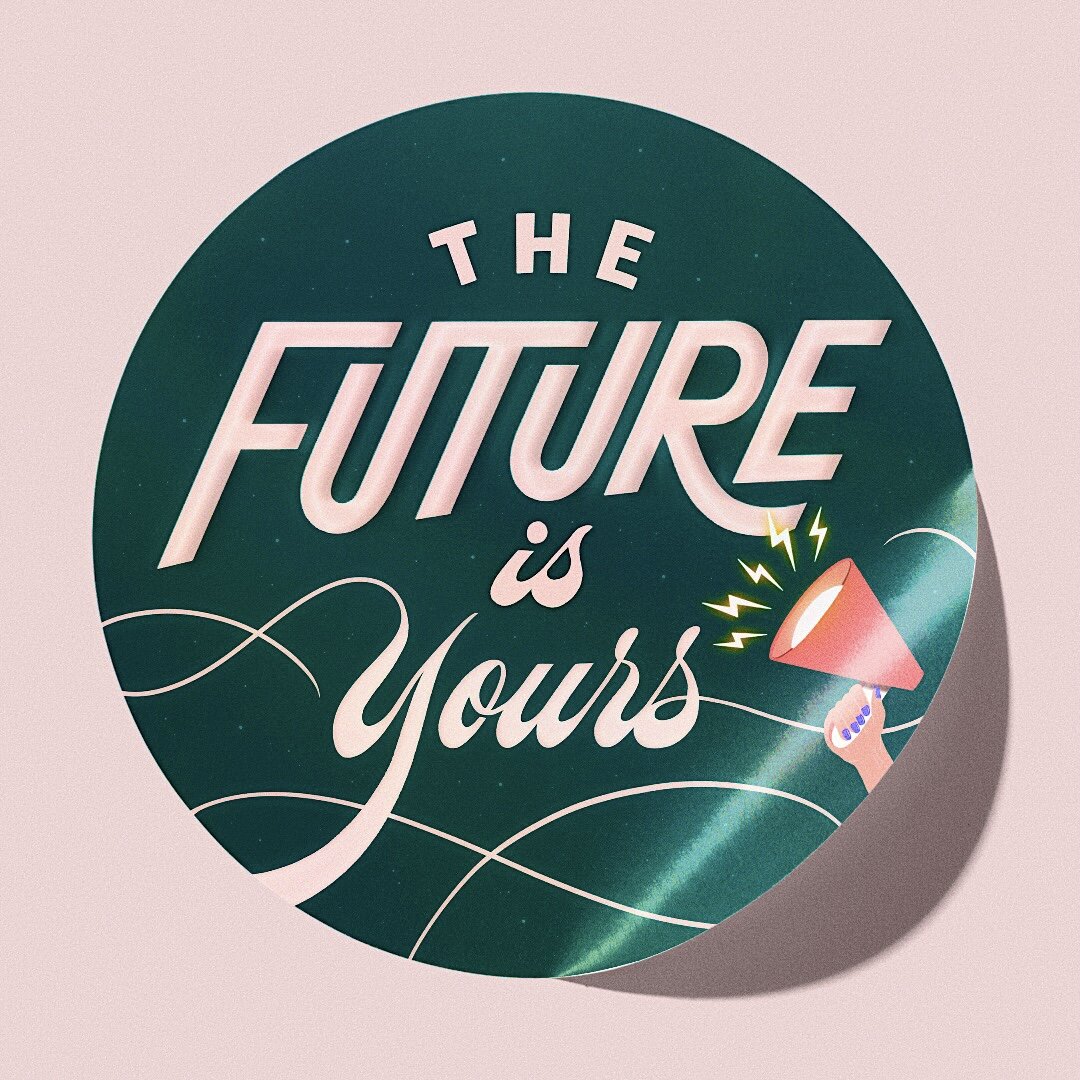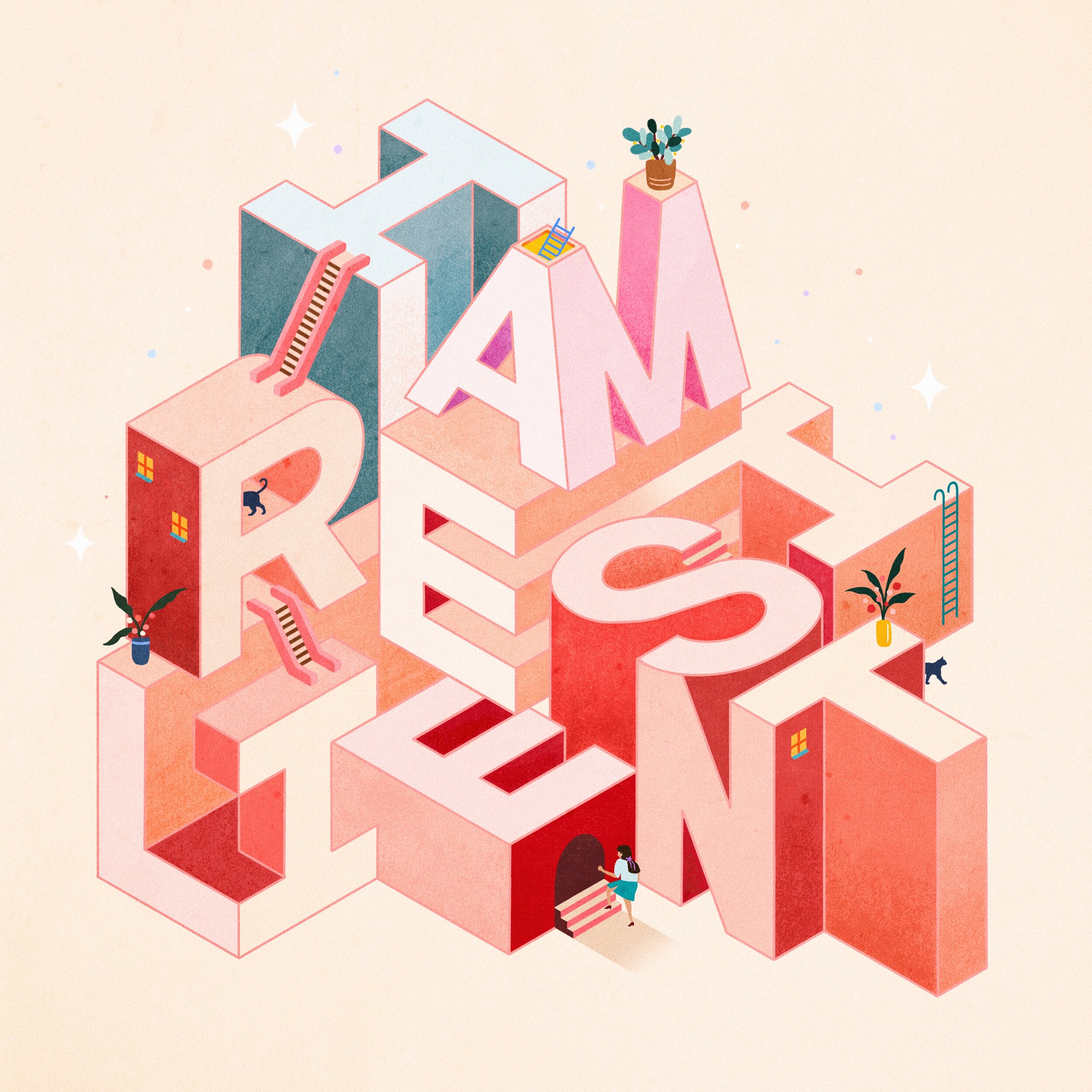Society today is like a pressure cooker. Everything's on a constant go go go, without a pause or a breather. In the past, I felt like I'm constantly moving from one life stage to another, trying to accomplish goal after goal. And life passes me by, so quickly.
By any chance, are you a workaholic?
Many of us take good care of our friends and family but we often fail to take good care of ourselves. I'm personally a really future-oriented person and struggled so much trying to be present. And I know I'm not alone; I've taught hundreds of students in my workshops so far in Singapore and that's one common thing I've noticed coming up over and over again.
When everything tries to capture our attention - from social media to work to daily news and personal responsibilities, we dedicate lesser and lesser time to ourselves, our creativity and inner child.
To share, I firmly believe that I didn't find calligraphy.
Calligraphy found me. Period.
Maybe it was the beauty of the letters or the mark-making process of calligraphy or how it allowed me to appreciate the meaning of words and language even more - honestly, I'm not sure if I can even pinpoint or articulate how this feels. I just know that I had a natural curiosity about it that led me googling about calligraphy, picking up a pencil to write, mimicking the strokes till late at night. I just wanted to know how I can do it too. How can I get better?
There's just something so cathartic about putting pen strokes to paper. It helped me to pause, focus and breathe. Just like a runner's high, calligraphy helped to replenish my mental and emotional energy. It helped me to be more introspective, to look inwards for mental clarity - kinda like meditation but through working with my hands. And by working, I really meant play.
Calligraphy is therapeutic and relaxing to me. Watching ink flow from pen to paper, appreciating the texture of organic strokes - I just love how satisfying and free flowing calligraphy is. It's like dancing on paper, just letting my hand just be. Through this art form, it pulls my attention to just writing, one stroke after the other. And it centers me.
Heck, my passion grew so much that I can't see myself doing anything else. So I hustled everyday to turn my passion into my full-time career.
And now I can't believe I get to call this my job and work with amazing brands like Google, Uniqlo and Washington Post and do that one thing I love so much - art ❤️️ Here's me (right) at Lamborghini's private event, where I was hired to calligraph gifts, live on-the-spot for the esteemed guests there.
Live Calligraphy Event for Lamborghini
So, if you're reading this, I encourage you to question where you're at in life right now. Are you really present? Have you put life back in "work life balance"?
If not, there's no time like the present to intervene your own life and make choices that help you live the life you want.
Make choices that serve your desires. Take control of the steering wheel. Take control of your future.
“I’ve never seen any life transformation that didn’t begin with the person in question finally getting tired of their own bullshit.”
I love this quote by Elizabeth Gilbert. Doesn't reading this make you wanna get your life together? It definitely does for me.
I hope that you can gift yourself the joy of creating art, to rediscover your creativity and inner child, and to be fully present in your life. If calligraphy gives you joy and you're genuinely interested in it, lean into it and you'll be surprised by what you'll find on the other side.
I'm leaving the link to The Ultimate Calligraphy Course here: https://www.theultimatecalligraphycourse.com. If you'd like to sign up, welcome! I can't wait to share all I know about calligraphy with you.




